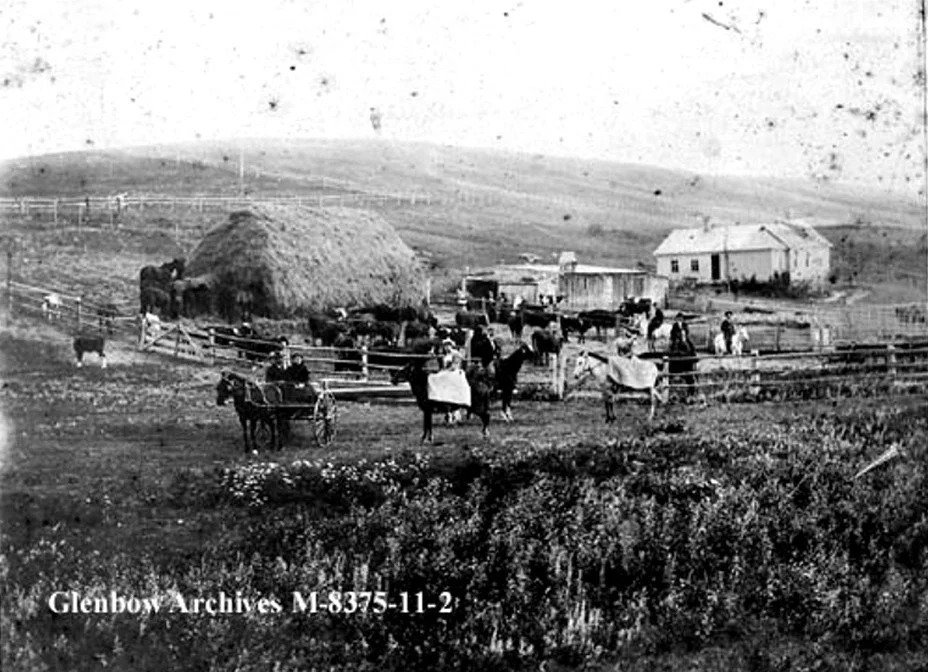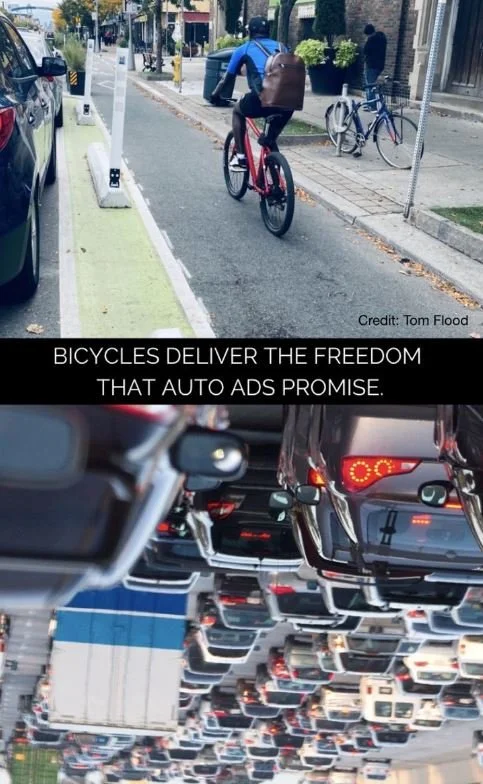I was born and raised in Newfoundland. In the 1970s, I got a Bachelor of Arts and a Bachelor of Education at Memorial University. For about 15 years, I taught high school and worked as a school board administrator. I also taught in Ontario and Quebec. I moved to Toronto in the 1980s. After battling an addiction to alcohol, I finally got sober in 1984. I have been continuously sober for the past 38 years. Around the same time, I also came out as a gay man when I realized that the main reason for my drinking was living a closeted life trying to hide my sexual orientation.
What were you up to before beginning your internship?
In the 1990s, I studied addiction counselling at George Brown College and sat on their Board of Governors for two years. I graduated with an honours diploma in addiction counselling. I did various jobs including crisis counselling at the AIDS Committee of Toronto helping people who were diagnosed with HIV and later AIDS. It was challenging work.
After moving to Alberta in 2010, I learned how to drive the largest haul truck in the world, a Caterpillar 797 -- even though I had never even driven a pick-up truck! I learned that, with a focused mind, I can reach any goal that I want to achieve. However, the shift work required for driving haul trucks was not for me. Instead, I worked in remote camp kitchens in Fort McMurray for 10 years. Despite the great salary, I was still not happy and decided to return to university in 2021. I am almost didn't succeed with this goal as I was diagnosed with cancer for the second time in 2020. After that cancer went into remission, I was diagnosed with cancer again in 2022, along with diabetes. I am currently working on reversing both diagnoses by adopting a whole foods plant-based way of eating. So far, so good!
What’s your current field of study and why did you choose it?
Before this internship, I did a practicum at the Calgary Distress Centre answering crisis calls including suicide calls. I am currently in my final year of studies for a Bachelor of Social Work. In 2024, I will start studying for a Master of Social Work. I chose social work because of a growing sense of urgency to make positive change in the world. I think change begins with building relationships. Mahatma Ghandi said, "Relationships are based on four principles: respect, understanding, acceptance and appreciation," and I think that by building relationships in the community we can better address addictions, poverty, homelessness, oppression and discrimination, and give vulnerable people a helping hand. And this is not easy work. Famed American social worker, Dr. Brené Brown, has said that in our work we often need to choose courage over comfort. In short, I think the job of social workers can be summed up by the phrase "comfort the disturbed and disturb the comfortable."
Did you have a pre-existing relationship with our community? What is your impression of Hillhurst-Sunnyside?
I am relatively new to Hillhurst-Sunnyside and in fact to Calgary. I moved to the city from Edmonton in July 2021 to start my studies. I became familiar with the Hillhurst-Sunnyside Community Association (HSCA) last year when one of our social work classes used the Heritage Room to do a pop-art display of works by residents of James House which helps people transition from homelessness to being housed and living a more settled life. At that time, I began to learn about the community development work that HSCA does, including the day care and out-of-school care programs. In my practicum, I like that HSCA builds relationships through Community Connections programs such as Sip 'n Chat, the Sustainable Food program, and Neighbour Nights, to mention a few. Also, I recently visited HSCA's Farmers' Market and Flea Market which were all abuzz with visitors. I am glad I decided to do my final practicum at HSCA before finishing my studies in the spring of 2023.
I really like Hillhurst-Sunnyside area and I am starting to explore the neighbourhood. Just recently during a morning stroll, I stumbled on The Roasterie which roasts its own coffee. I really enjoyed stopping by there to have an Americano and want to explore more. I like the neighbourhood so much that I am considering moving here once I finish my studies and move out off campus. I proud to be part of the community development work that HSCA does and I admire the genuine commitment by volunteers and staff to help HSCA reach its goals.





























